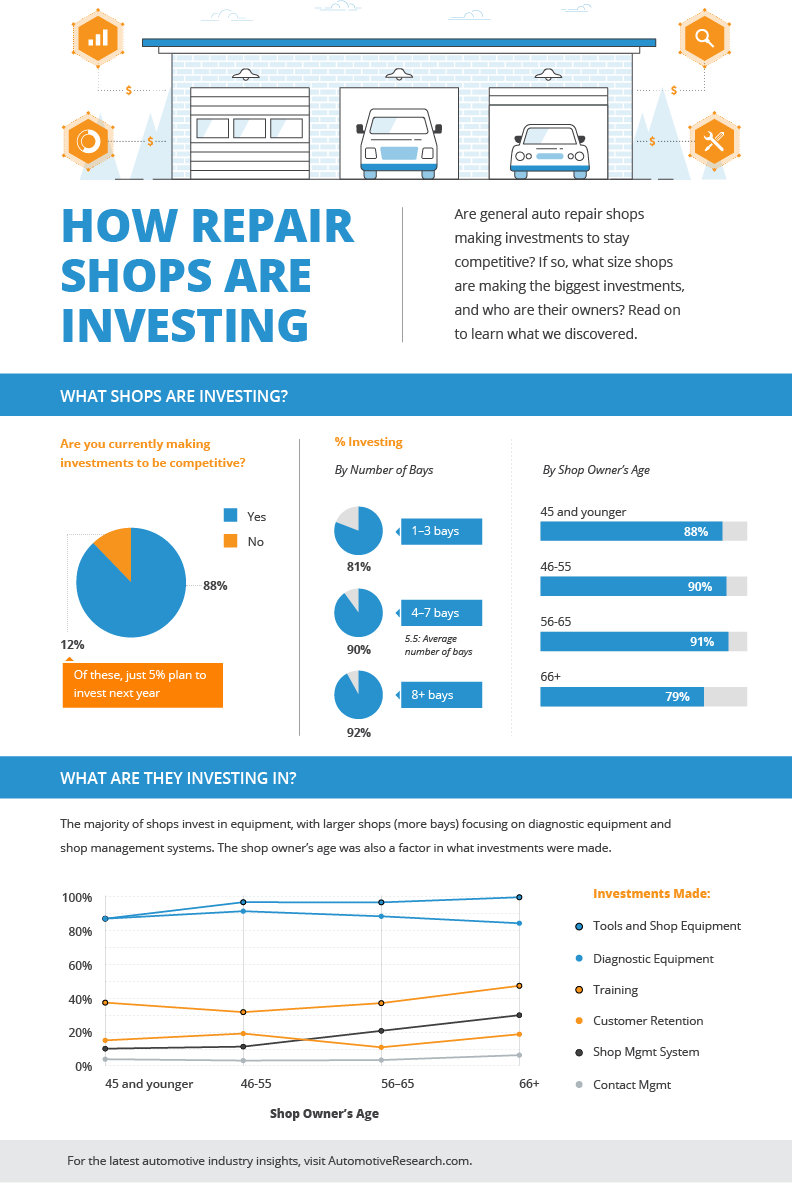When you lag the wheel, those radiant warning lights on your dashboard can be a bit puzzling. Do you understand what they're attempting to tell you regarding your vehicle's health and wellness? Understanding the value of these lights is essential for your safety and security and the long life of your vehicle. So, the next time among those lights pops up, would not you want to understand its message precisely and take the needed actions to resolve it?
Common Caution Lighting and Interpretations
Determine common caution lights in your automobile and understand their meanings to guarantee secure driving.
The most normal warning lights consist of the check engine light, which indicates issues with the engine or emissions system. If this light begins, it's critical to have your vehicle examined quickly.
The oil stress warning light suggests low oil pressure, needing immediate focus to avoid engine damage.
A blinking battery light may suggest a malfunctioning billing system, potentially leaving you stranded otherwise resolved.
The tire stress monitoring system (TPMS) light notifies you to reduced tire pressure, influencing automobile stability and fuel efficiency. Disregarding this can bring about dangerous driving problems.
The ABS light indicates an issue with the anti-lock stopping system, compromising your ability to quit quickly in emergency situations.
Lastly, the coolant temperature level warning light warns of engine getting too hot, which can lead to serious damage if not dealt with quickly.
Recognizing these typical caution lights will help you attend to concerns immediately and keep secure driving conditions.
Relevance of Prompt Interest
Comprehending the typical warning lights in your cars and truck is just the primary step; the relevance of promptly dealing with these cautions can not be highlighted enough to guarantee your security when driving.
When a caution light illuminates on your control panel, it's your vehicle's means of connecting a possible problem that requires attention. Neglecting these warnings can bring about extra severe problems in the future, endangering your safety and potentially costing you extra in repairs.
Trigger attention to advising lights can avoid malfunctions and mishaps. For example, a flashing check engine light could suggest a misfire that, if left neglected, can create damages to the catalytic converter. Addressing this promptly can conserve you from a costly repair work.
Likewise, cardeepcleaningauckland advising light might signal reduced brake liquid or used brake pads, crucial components for your safety and security when driving.
Do It Yourself Troubleshooting Tips
If you observe a warning light on your control panel, there are a few DIY fixing pointers you can attempt prior to looking for expert aid.
The first step is to consult your car's guidebook to understand what the details warning light shows. Sometimes the issue can be as straightforward as a loosened gas cap causing the check engine light. Tightening up the gas cap might settle the issue.
An additional typical issue is a reduced battery, which can set off various cautioning lights. Examining the battery connections for deterioration and guaranteeing they're safe and secure could repair the issue.
If a caution light continues, you can try resetting it by detaching the automobile's battery for a couple of mins and afterwards reconnecting it. Additionally, inspecting your vehicle's liquid levels, such as oil, coolant, and brake fluid, can help repair alerting lights related to these systems.
Verdict
Finally, comprehending your vehicle's caution lights is essential for maintaining your lorry running efficiently and securely. By immediately resolving these notifies and recognizing what they indicate, you can prevent pricey repairs and possible breakdowns.
Keep in mind to consult your car's manual for particular information on each warning light and act appropriately to guarantee a hassle-free driving experience.
Remain educated, stay enginebaycleanernz -free when traveling!
